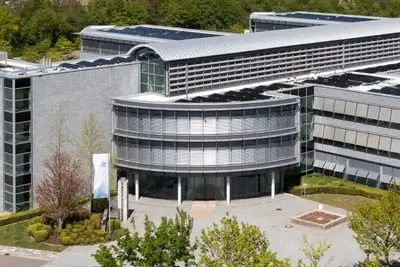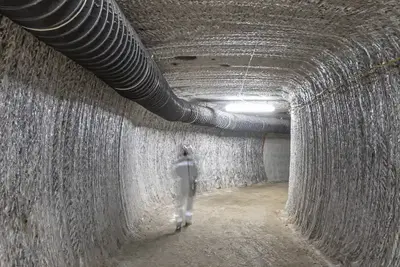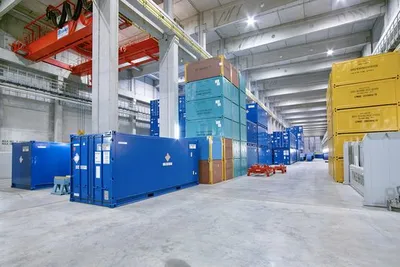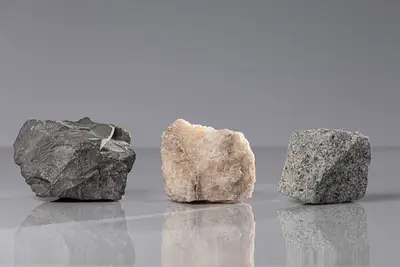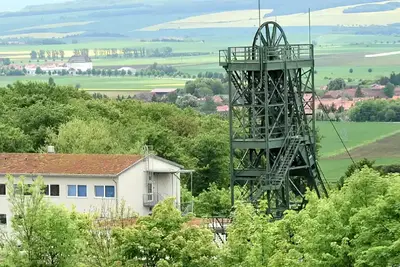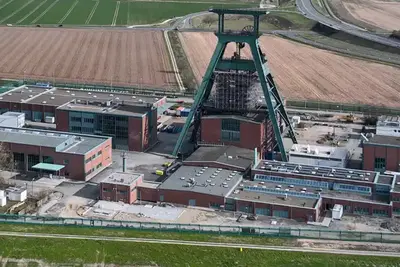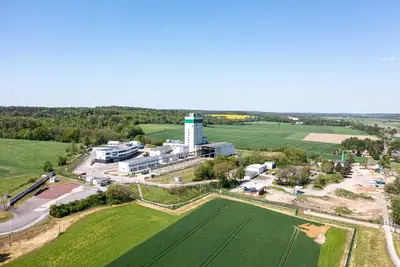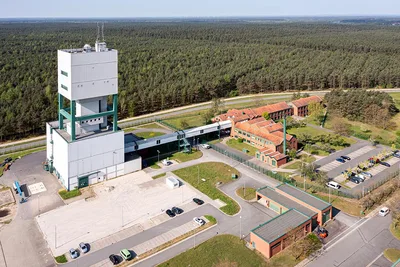What kind of waste is Konrad licensed for?
The Konrad repository has been licensed exclusively for radioactive waste with negligible heat generation. These materials are low- and intermediate-level radioactive waste, and their heat emissions are so low that they have no significant impact on the rocks of the repository. The waste’s activity accounts for around 1% of the radioactive waste to be disposed of in Germany. The remaining 99% of the activity stems from high-level radioactive waste, for which the BGE is currently looking for a dedicated repository.
In total, the quantity of waste in the Konrad repository, including the containers in which it is packaged, must not exceed 303,000 cubic metres. Calculations show that this capacity will accommodate the existing waste in the interim storage facilities as well as the waste that is yet to arise during the dismantling of Germany’s nuclear power plants. There are no plans to expand the Konrad mine.
The radioactive waste that is to be emplaced in the Konrad repository derives primarily from the operation and particularly the dismantling of Germany’s nuclear power plants. This waste accounts for almost two thirds of the total. About a third is radioactive waste that the federal government is responsible for disposing of. This waste originates from nuclear research and the dismantling of nuclear power plants from the GDR era. A small proportion – about 2.5% – comes from the federal states, which are responsible for collecting and disposing of radioactive materials that were used in industrial and commercial enterprises. This also includes materials from research and development.
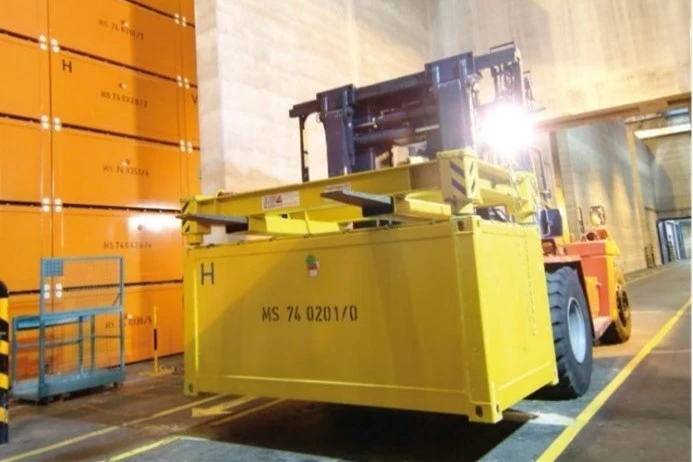
A forklift truck carries a filled transport container into the Karlsruhe interim storage facility
Where is the waste currently located?
Some 125,000 cubic metres of radioactive waste are currently stored in over 30 interim and waste storage facilities spread across Germany. This waste is largely shielded by its containers and the walls of the warehouse buildings, such that it can only result in very slight exposure of humans and the environment in the surrounding area. The warehouses and premises are also secured.
However, this interim storage is not suitable as a permanent solution. Not only would the longer-term operation of warehouse buildings be very costly, but final disposal deep underground also offers significantly better protection against the spread of radioactive substances. Another factor is the extremely long period of storage, which must be ensured over many thousands of years. Internationally, the option of final disposal in stable rock layers deep underground has been found to offer the greatest protective effect.
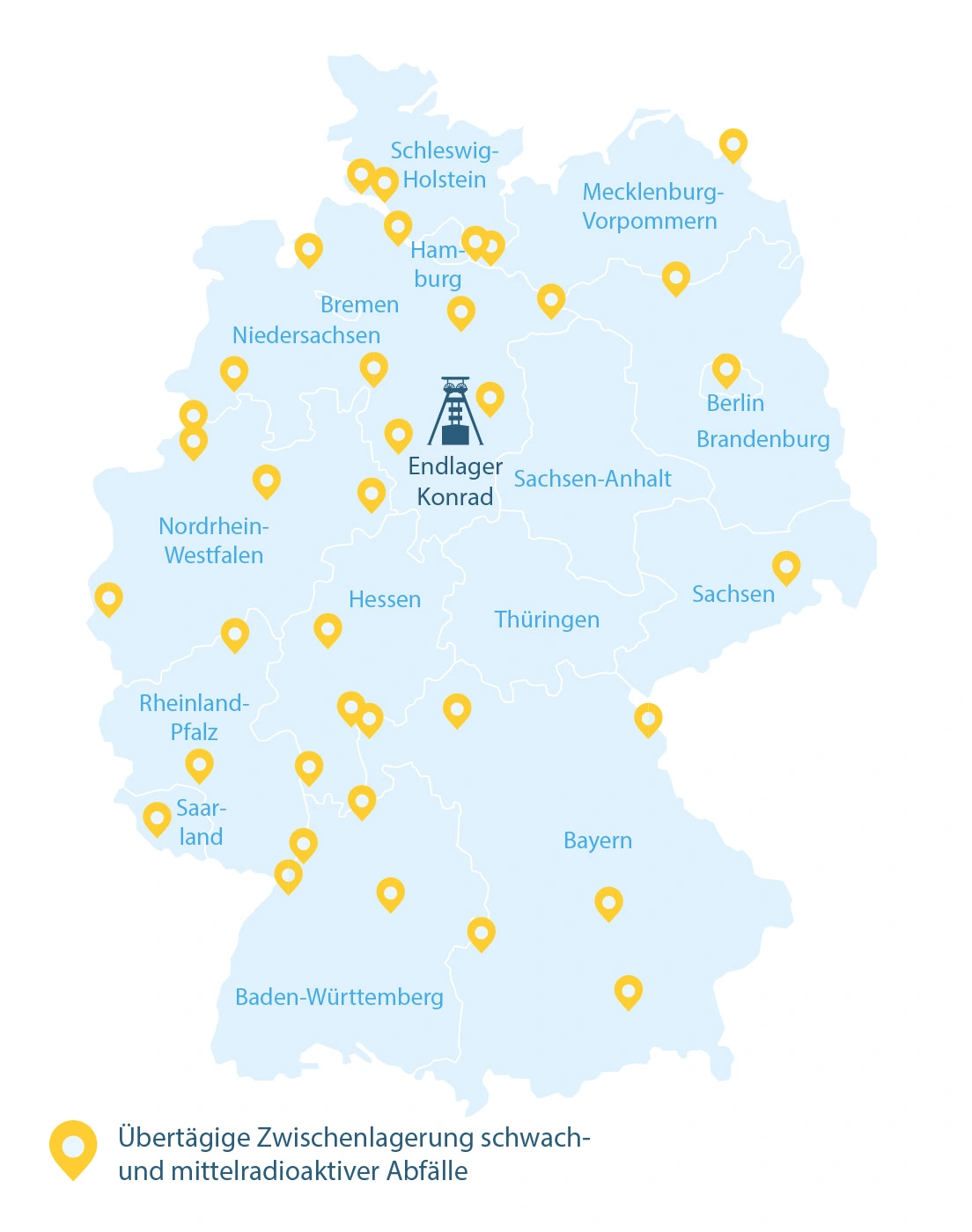
Graphic: Above-ground interim storage of low- and intermediate-level radioactive waste in Germany

